Sales Funnel Stages And How To Create One Yourself
5 Mins Read
Published on: 23 June 2022
Last Updated on: 09 November 2024
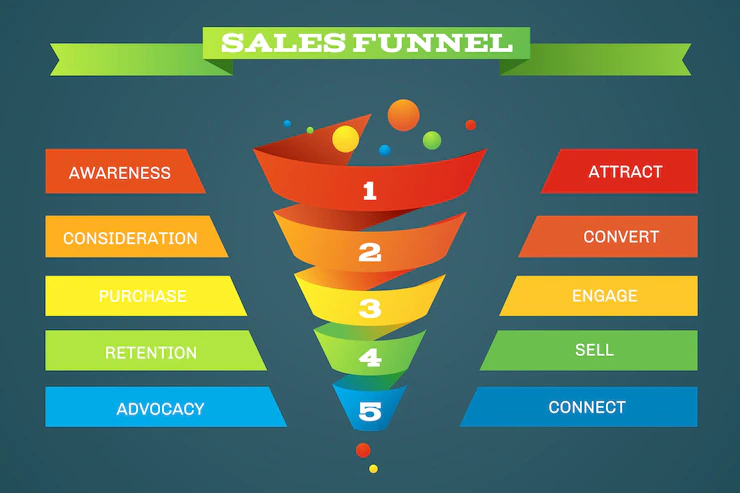
toc impalement
The sales funnel is the process that seeks to convert a prospect into a customer. The funnel represents the various stages a customer has to go through before committing to buying a specific product or service.
As the name suggests, a sales funnel looks like an actual funnel—wide at the top and progressively narrows toward the bottom. It starts with a large number of prospective customers but ends with only a small number of actual buyers.
A sales funnel can help businesses optimize their sales process, and make more sales. Understanding your sales funnel is extremely important to identify the stage where your prospects drop out of the funnel.
Optimizing the prospect drop-out stages can help convert more people to become customers.
To better understand the sales funnel, it is important to learn about the different stages of the sales funnel:
Sales Funnel Stages:
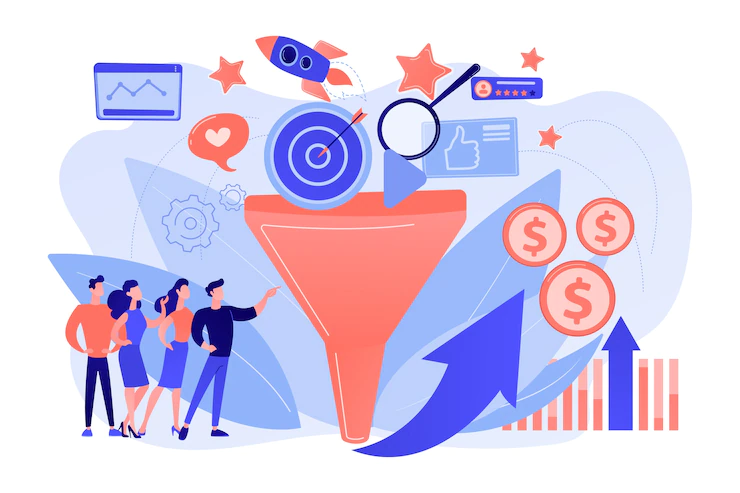
From the time the prospects first make contact with your content till the time they make a purchase, they pass through various stages of the sales funnel. As the prospects pass through the various stages in the funnel, they keep getting closer to making a purchase.
It is essential to attract and engage with a target audience by creating and sharing content that ensures that prospective customers convert into buyers.
Publishing content has become easier either as websites and self-publishing platforms, such as Amazon Kindle, Medium, and others, encourage writers to produce more and more content. The publishing industry is on the boom because of these self-publishing platforms.
If you are interested in building up a career in the publishing industry, the publishers careers guide can help you to choose the right role.
Sales funnels typically have 4 stages: awareness, interest, desire, and action.
1. Awareness
The first stage in the sales funnel is awareness. It is the stage where you grab your prospect’s attention. Use Facebook posts, Google searches, or cold emails to increase awareness.
You can make a landing page for your business to attract potential customers. You should add important information about your products and offerings on the landing pages to engage the prospective customers.
A well-written and well-maintained landing page can seal the deal on the spot for some customers, while others may want to look for additional information before making the purchase.
To promote your website or a landing page, you can use promotional tools such as social media ads, google ads, and/or email marketing campaigns.
Paid promotions on social media platforms, such as Facebook and Instagram, as well as on Google search are effective at targeting the right audience. With social media advertisements, you can make search for new prospects and increase the chances of making a possible sale.
2. Interest
After you are successful in attaining your prospect’s attention, then comes the interest stage. In this stage, the number of prospects decreases but the chances for a possible sale increase. Only the people interested in your product will continue to stick around on your website or landing page.
This is the stage where prospective buyers will start researching your products and compare them with products from your competitors. They will start weighing all the available options.
Make sure you provide them with all the necessary information about your product and service offerings.
Help the customers make informed decisions by pointing out the benefits of your products over those of the competitors, and make a compelling CTA (call to action) to influence a sale.
Some of the tools that can be used in this stage include email marketing, push notifications, and marketing automation.
You can send sales offers to your prospects through emails or you can send push notifications to your website’s visitors to help them make a decision about the purchase. Email marketing is a very effective tool with over 15% average conversion rate in 2021.
Use emails for increasing your conversion rates by offering special discounts to your prospecting customers.
An effective marketing automation channel will make email marketing a breeze. Automating follow-up emails will save time and ensure that leads get personalized follow-ups.
3. Desire
Once the customer shows interest in your product and has browsed the benefits, chances are that the prospect would want to make the purchase.
This is when you can hit them with well-placed review pages or testimonials.
Genuine and positive reviews can certainly influence the customer’s decision positively. The chances for making the sale increase exponentially when the buyers are aware of the other people’s interest in the product as well.
4. Action
The last stage in a sales funnel is the action stage. At this stage, the buyer is ready to make the purchase. If your product is of a good standard, the customer will make repeat purchases or bring their friends and family to your business through word-of-mouth marketing.
It is essentially important to provide after-sales services to the customers if you want repeat purchases.
How to Create a Sales Funnel:
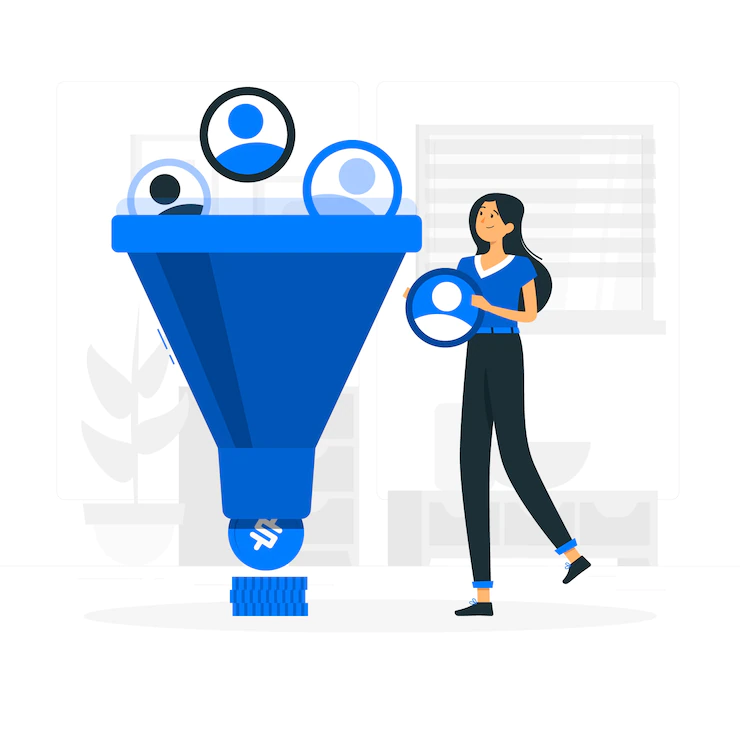
Now that you know what the sales funnel stages are, you can go on to create a sales funnel for yourself. To create a sales funnel, you can follow the steps below:
1. Identify the Target Audience
Identifying a target audience and analyzing their interests is probably the most important step in creating a sales funnel. Once you know what your prospects are interested in, you can create content that will make the sales for you.
2. Grab Their Attention
After determining your target audience, you have to grab their attention. You can make a promotional post on Facebook or Instagram, or you can also write blogs, and create videos and podcasts to inform your audience of your product.
3. Create a Landing Page
Now that you have grabbed their attention, it is important to bring them to your website’s landing page. A landing page should have all the information about your products and services.
It should also have testimonials or review pages to help customers make informed decisions. The landing page can have a discount promotion for increasing the chances of a possible sale.
4. Email Your Prospects
Once the prospects show interest in buying your products, you can send them sale offers through emails. You can send promotions to your customers or even follow-up emails for the promotions.
5. Build Loyalty
Now that you have made a sale, you should look for ways to increase loyalty among the customers. You can do it by providing high-quality products and after-sales services to your customers.
Keep regular communication for establishing rapport with your customers and building trust and loyalty.
Conclusion
A sales funnel can have multiple benefits for the businesses that use it. Sales funnels allow businesses to increase their chances of making sales. It allows for the optimization of the sales process and can also ease the process for the sales team.
A sales funnel can also help businesses identify the stage at which prospects drop out of the funnel, so they can optimize their content accordingly.
Read Also:















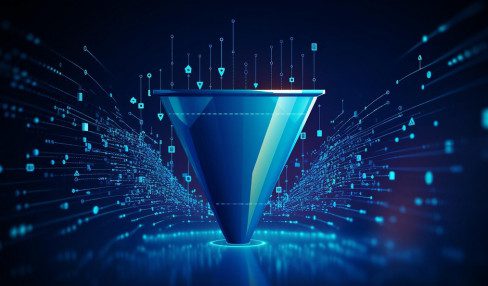
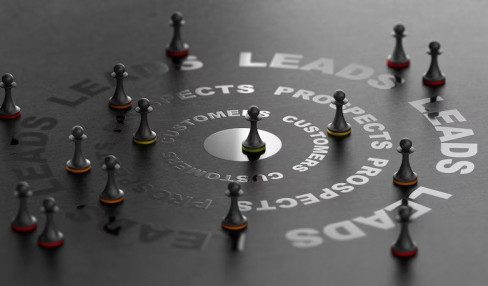

Comments Are Closed For This Article